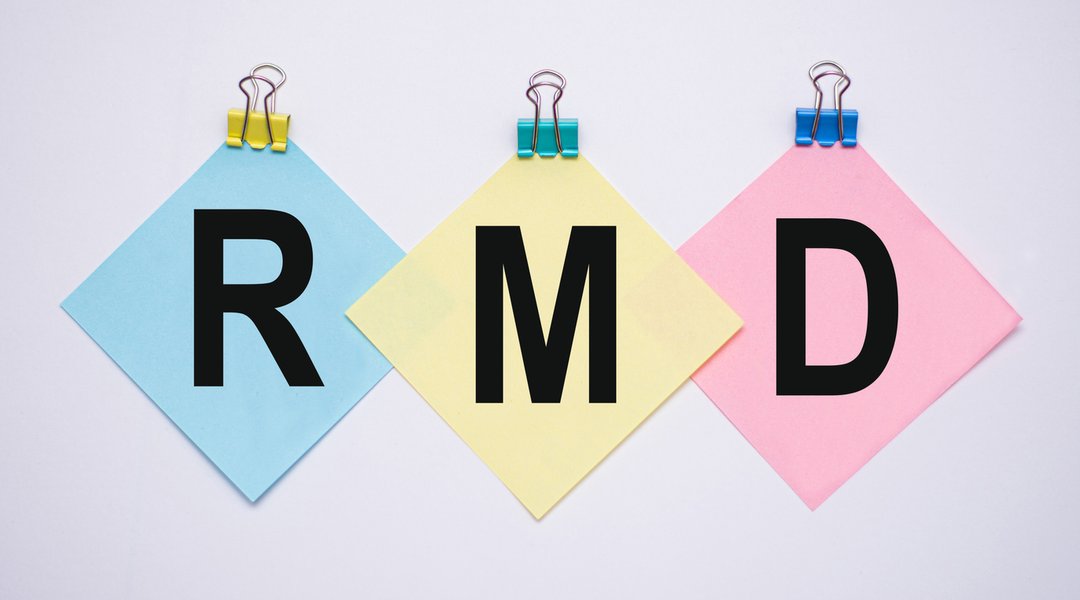
By Elizabeth O'Brien
Jan. 16, 2023
The Secure 2.0 Act gives savers 72 and under an extra year before you have to withdraw money from your retirement accounts. But just because you can postpone your required minimum distribution (RMD) doesn’t mean you necessarily should, financial advisors say.
Passed late last year, the sweeping retirement law raised the age for RMDs to 73 in 2023, up from 72. Starting in 2033, the RMD age will increase to 75.

iStock image
The changes most immediately affect those who turn 72 this year, who would otherwise have been required to take their RMD by April 1, 2024. (The Internal Revenue Service gives first-timers a grace period until spring of the following year; in all subsequent years, RMDs must be taken by year-end.) Your RMD is calculated by dividing your retirement account balance as of Dec. 31 of the prior year by what the IRS calls your “life expectancy factor.” The resulting amount is counted as income; you must withdraw it from your account and you’ll owe taxes on it. RMD rules apply to traditional IRAs as well as employer-sponsored retirement plans such as 401(k)s and 403(b)s.
Most Americans don’t have the luxury of waiting, since they need withdrawals from their retirement accounts to live on. But among those who can afford to wait, postponing isn’t always the best move. If you delay your RMD and your retirement account balance increases, you’ll have to withdraw a larger amount next year. (Even if your account balance stays flat, you’ll have to take out more since your life expectancy factor will be lower.) The extra income could increase not only the amount you pay in income taxes, but also your Medicare premiums down the line.
“Some of the old rules of thumb, like you should let your tax-deferred accounts marinate as long as possible, don’t always apply,” said Josh Strange, a certified financial planner and president of Good Life Financial Advisors of NOVA in Alexandria, Va.
Without a crystal ball showing how markets will perform this year, It’s impossible to say whether current 72-year-olds might benefit from deferring their RMDs a year, all other factors being equal. (Market participants polled by Barron’s expected the S&P 500 to end the year higher than its current level). But what if all other factors aren’t equal? Say you’re 72, expect to retire this year, and be in a lower tax bracket next year. In that case, postponing your RMD to 2024 would probably make sense. On the flip side, if you plan to sell your sell your primary residence next year and realize more than $250,000 of capital gains (or $500,000 if you’re married filing jointly), then you might want to start your RMDs this year to avoid a possibly bigger RMD being added to next year’s income along with your capital gains. That could trigger higher Medicare premiums for you down the line.
Rather than waiting until you’re on the cusp of RMDs to do tax planning, you’ll have a better opportunity to manage the tax consequences if you start years in advance. “The sooner, the better,” said Kris Yamano, a partner at Crewe Advisors in Scottsdale, Ariz. One popular move is doing a Roth conversion after you retire but before you reach RMD age. You’ll probably be in a lower tax bracket during that time, so converting your traditional IRA into a Roth IRA—either all at once or staggered across a few years—will mean you’ll owe less in taxes on the converted amount than if you did it when you were in a higher bracket.
There might also be a benefit to withdrawing from your retirement accounts before you’d planned. For example, if taking withdrawals earlier would allow you to postpone claiming Social Security until age 70 to receive your full benefit, then that may be worth considering. Laurence Kotlikoff, an economics professor at Boston University who sells Social Security optimization software, ran a scenario of a hypothetical high-earning couple in their early 60s who planned to retire and claim Social Security at age 64. The couple lived in New York and planned to wait until 75 to take their RMDs. Using his software MaxiFi, he found that waiting until 75 would be less tax-efficient for this couple than starting smooth withdrawals at age 64, since their decrease in New York state taxes and Medicare premiums would exceed the increase in federal taxes they owed from the earlier withdrawals.
“This is a very complex calculation,” Kotlikoff said. “It’s really very individual-specific.”
Write to Elizabeth O’Brien at elizabeth.obrien@barrons.com
This Barron's article was legally licensed by AdvisorStream.


